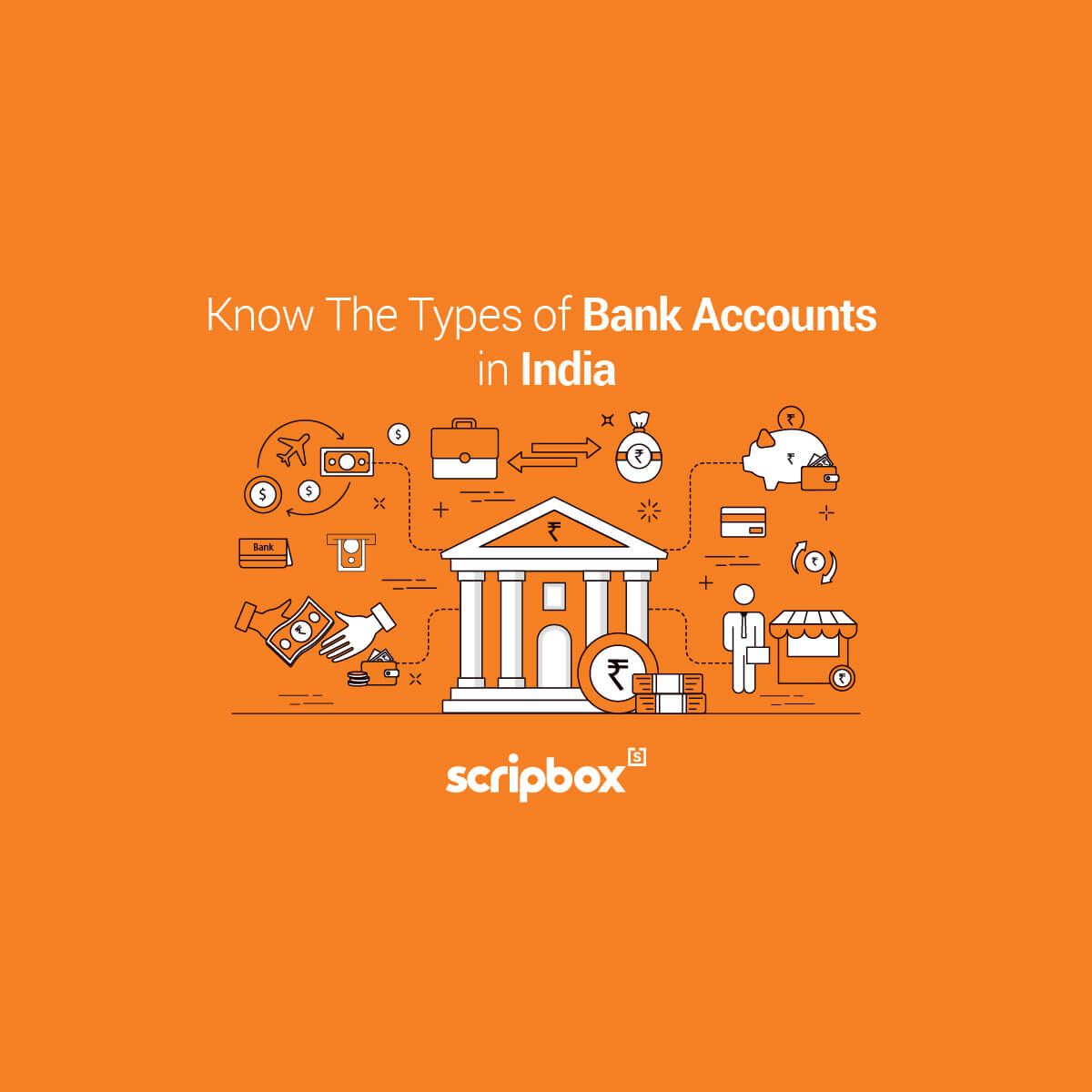In the current age, having a bank account is essential. Moreover, all financial subsidies given by the government are also routed through bank accounts. Also, the financial inclusion initiatives taken by the government have ensured almost all citizens have a bank account. There are 34 banks in India, out of which 12 are public sector banks, and the rest are private sector banks. This article covers the best public and private sector banks in India.
List of Top 10 Banks in India 2025
Following is the list of top banks in India
- State Bank of India
- Punjab National Bank
- Union Bank of India
- HDFC Bank
- ICICI Bank
- Kotak Bank
- Bank of Baroda
- Bank of India
- Axis Bank
- Canara Bank
1. State Bank of India
State Bank of India (SBI) is among the Fortune 500 companies. It is an Indian multinational and Public Sector Banking and Financial services firm. The company has its headquarters in Mumbai, India. SBI has over 200 years of rich heritage and legacy and is the most trusted bank by Indians for generations.
The bank’s core values revolve around Service, Transparency, Ethics, Politeness, and Sustainability. Also, the bank constantly strives to focus on innovation and customer-centricity.
SBI is the largest Indian bank with a 1/4th market share. Moreover, the bank serves over 44 crore customers through its wide network. It has more than 20,000 branch offices, 58,500 ATM centres, and 66,000 BC outlets. Also, the bank has presences across the globe in 22 countries with around 233 offices.
Furthermore, in addition to banking services, the bank has also diversified into other businesses. SBI has 11 subsidiaries, to name a few, SBI Mutual Fund, SBI Life Insurance, SBI General Insurance, SBI Card, etc.
Resource:
2. Punjab National Bank
Punjab National Bank (PNB) is a government-owned bank under the ownership of the Ministry of Finance. Founded in 1894 in Lahore, it is the second-largest government bank in the country, with a global business of INR 18,09,587 crore. During its long history, nine banks have been merged with Punjab National Bank. The most recent merger being with Oriental Bank of Commerce and United Bank of India.
It has a PAN India presence with a network of 10,925 branches, 13,914 ATMs, 12,346 business correspondents as of December 2020. Also, its low-cost Current Account and Savings Account Deposits (CASA) has a share of 44.66% in these deposits.
PNB has two international branches, one in Hong Kong and one in Dubai. Moreover, it has two overseas subsidiaries in London and Bhutan under the names PNB International Limited and Druk PNB Bank Limited, respectively. It also has a joint venture in Nepal under the name Everest Bank Ltd.
Punjab National Bank focuses on progressing towards digitalisation, and as a result, PNB mobile banking users crossed 96 lakhs, and internet banking users have crossed 250 lakhs.
In 2020, it won many awards, and the most notable ones are Most Innovative Public Sector Bank of the Year by ET-BFSI Excellence Awards 2020 and Winner of the Most Innovative Project Using Technology – PNBOne by IBA Banking Technology Award 2020.
Resource:
3. Union Bank of India
Union Bank of India is one of the listed leading public sector banks in India. The government of India holds an 89.07% share in the bank’s capital. Established in 1919, the bank has its headquarters in Mumbai, Maharashtra. Union Bank of India is a network of 9500+ domestic branches and 13,300+ ATMs. Moreover, it has 11,700 business correspondent points, and over 75,000 employees serving over 120 million customers.
The bank has three overseas branches Sydney, Dubai, and Hong Kong. Moreover, it has a representative office in Abu Dhabi, one subsidiary in London, and a joint venture in Malaysia. It also has three para banking subsidiaries and three joint ventures, which includes two in the life insurance business.
After amalgamating Andhra Bank and Corporation Bank, the bank’s business as of 1st April 2020 stood at INR 15,34,749 crore. In 2020, the bank received multiple awards in technology, innovation, and also financial inclusion.
Resource:
4. HDFC Bank
Founded in August 1994, The Housing Development Finance Corporation Ltd or HDFC is the first private financial institution to receive ‘in-principle approval from the Reserve Bank of India (RBI). The bank has its registered office in Mumbai. It has its presence in more than 2,902 cities/towns with more than 5,608 branches and 16,087 ATMs across India.
The business’s core values revolve around excellence, customer focus, product leadership, people, and also sustainability. HDFC has the following three businesses: retail banking, wholesale banking and treasury.
The retail banking wing focuses on a diverse range of financial products and banking services. Customers can also enjoy banking services through the growing network of branches and ATMs. Moreover, digital channels such as Net banking, Phone banking and Mobile banking have made it easy for customers to perform transactions.
On the other hand, wholesale banking offers commercial and transactional banking services to organisations and businesses. It includes working capital finance, trade services, cash management and also transactional services.
Under the Treasury business, HDFC helps businesses generate better returns from their funds. Also, the three main product areas on which HDFC focuses are equities, money market and debt securities, foreign exchange and derivatives.
Resource:
5. ICICI Bank
ICICI Bank is one of the leading private banks in India. The World Bank, the Government of India, and representatives from Indian industry came together to form ICICI in 1955. The main goal was to establish a development financial institution that would provide medium-term and also long-term project financing to Indian companies.
ICICI largely based its activities on infrastructure financing until the late 1980s, supplying long-term funds to a number of industrial ventures. With the liberalisation of India’s financial sector in 1991, ICICI transformed its business from a development financial institution to a diversified financial services provider. As part of the ICICI group, ICICI Bank was established in 1994. Moreover, ICICI became the first Indian corporation and the first non-Japanese Asian bank or financial institution to be listed on the New York Stock Exchange in 1999.
The bank currently offers a wide range of banking and financial services. It serves both corporate and retail customers through a wide range of delivery channels and companies. ICICI Bank in India has a strong network of 5,288 branches and 15,158 ATMs.
Resource:
6. Kotak Bank
Kotak Mahindra Finance Ltd. was launched in 1985. And has currently emerged as India’s most trusted financial institution.
Kotak Mahindra Bank has more than 1,600 branches and 2,519 ATMs. The bank currently has more than 23 million active customer base. It also has an international presence in the USA, Middle East, London, and Singapore.
The bank constantly strives to seize new opportunities by differentiating across products, services and technologies. The bank has multiple businesses such as – banking (consumer, commercial, and corporate), equity broking, credit and financing, insurance (general and life), wealth and asset management, and investment banking – of individuals and corporations.
Resource:
7. Bank of Baroda
Bank of Baroda, a bank that started a century ago in a small building, now has a global presence across 19 countries. Established in 1908, the bank currently has 8581 branches, out of which 96 are overseas branches, and serves more than 131 million customers. The bank has a strong presence in rural and semi-urban areas. Recently Dena Bank and Vijaya Bank have been merged with Bank of Baroda.
The bank has six subsidiaries in the domestic market, capital markets, and financial solutions. It also has joint-ventures in insurance. Moreover, the bank has subsidiaries in 7 countries, including Botswana, Kenya, Uganda, Guyana, New Zealand, Tanzania, and the UK. It also has joint-ventures in Malaysia and Zambia. Also, in 2020, Baroda Gurkul has won Baroda Radio & Best Learning Platform implementation of the year.
Resource:
8. Bank of India
Bank of India was a private bank established in 1906 in Mumbai. It was one of the banks out of the 13 banks that were nationalised in 1969. Over the years, the bank has expanded its operations in and out of India as well.
Bank of India has more than 5000 branches in the country, controlled by 55 zonal offices and 8 NGB offices. The bank’s international presence in 18 countries across five continents includes 52 offices, four subsidiaries, one representative office, and one joint venture. The bank first issued shares to the public in 1997.
Bank of India was one of the first nationalised banks to introduce a fully computerised branch and ATM facility in 1989. It was always at the forefront to introduce various innovative services and systems.
Resource:
9. Axis Bank
Axis Bank is the third-largest private bank in India and was established as a new generation private bank in 1994. The bank offers an entire spectrum of financial services covering all customer segments, including large and midcap corporates, retail businesses, agriculture, and MSME sectors.
The bank’s network is very large, with 4,594 branches (of which 4,050 are domestic), 11,333 ATMs, and 5,710 cash recyclers spread across the country. All international operations of the bank are done through eight international offices in 6 countries. The international offices mainly focus on investment banking, liability businesses, corporate lending, trade finance, and syndication.
As of 31st March 2021, the bank’s balance sheet size is INR 9,96,118 crores. Moreover, it has achieved a 5-year CAGR of 13%, 13% and 15% in assets, advances and deposits, respectively.
The bank has 11 subsidiaries in India, and some of these businesses are capital markets, securities, private equity, trustee services, and asset management services.
Resource:
10. Canara Bank
Canara Bank was established in 1906 as Canara Hindu Permanent Fund Ltd and in 1910 was renamed Canara Bank. It was one of the 14 banks that was nationalised in 1969. Canara Bank is widely known for its customer centricity and has emerged as a ‘Financial Conglomerate’ with almost ten subsidiaries and joint ventures in India and abroad.
As of December 2020, the bank has a network of 10,491 branches, 12,973 ATMs and a customer base of 10.90 crore customers. In over a century, the bank has achieved several firsts. It is the first bank to launch an inter-city ATM, issue credit cards to farmers, and even obtain an ISO certificate for a branch.
Canara Bank has branches in 6 countries, namely, UK, Hong Kong, the USA, UAE, Russia, and Tanzania. The company’s subsidiaries include asset management companies, financial services, securities, venture capital, and bank securities. In 2020, the bank received awards across technology, innovation and financial services.
Resource:
How to Define a Bank as the Best Bank in India?
Choosing the best bank in India can be quite tricky. Each bank offers exciting interest rates and schemes to attract customers. The following parameters can help you pick the best bank in India:
- Strong Financials: Choose a bank that consistently has displayed robust revenue growth, a sustainable net income, and a strong market presence.
- Technological Advancement: Banks must embrace digital transformation and incorporate cutting-edge technology to make the banking experience smoother and easier for their customers.
- Product Offerings: Choose a bank offering a wide range of services and products to individuals, businesses and governments.
- Risk Mitigation: Maintaining a robust loan portfolio and adeptly managing non-performing assets (NPAs) are pivotal elements for a good bank. Sound risk management practices ensure stability and sustainable growth.
- Customer Satisfaction: The top banks in India can prioritize and understand their customer’s needs and offer personalized solutions.
Frequently Asked Questions (FAQs)
The top 5 nationalised banks in India as per their balance sheet figures are SBI, Bank of Baroda, PNB, Canara Bank, and Union Bank.
The best bank in India is the one that can offer best-in-class financial products and services for its customers. Adapts to technological advancements, prioritises customer satisfaction and has strong financial and risk mitigation capabilities.
State Bank of India (SBI) is a well-known and India’s largest government bank. The Union government holds a 57.50% stake in SBI.
The Reserve Bank of India (RBI) oversees the safety of banks in India. The following top banks are known for their stability and safety measures, State Bank of India (SBI), HDFC Bank, and ICICI Bank.
























Show comments